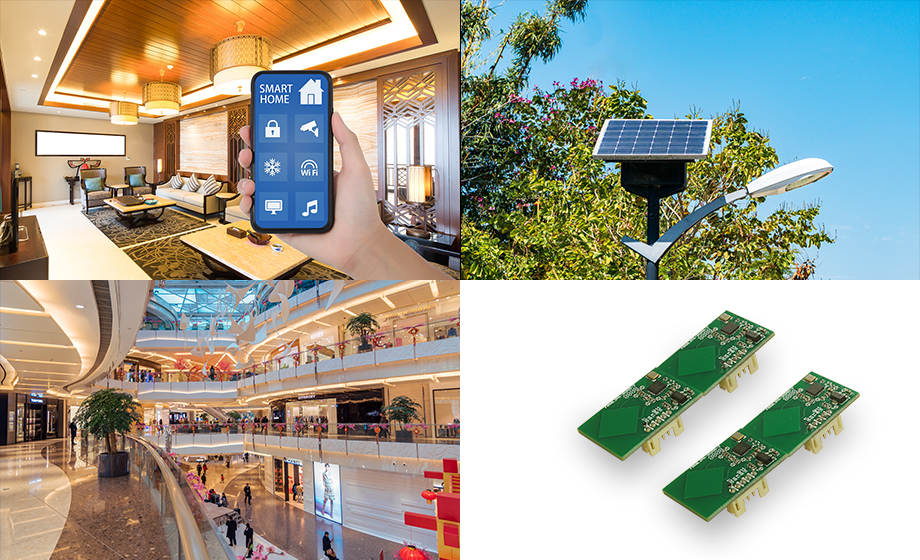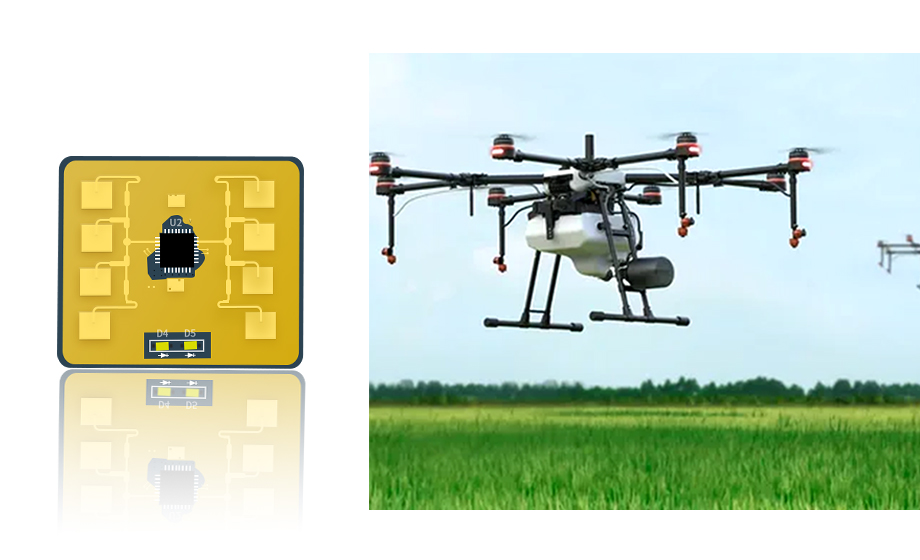Exploration of the Application of Radar Modules in Automatic Streetlight Lighting Systems
2025-03-31
Against the backdrop of smart city construction, Traditional streetlight systems often face problems such as high energy consumption and low management efficiency, making it difficult to meet the requirements of refined management, energy conservation, and emission reduction in modern cities. Automatic streetlight lighting systems have emerged as a result, and the radar module, as a key technology within them, is playing an increasingly important role.








